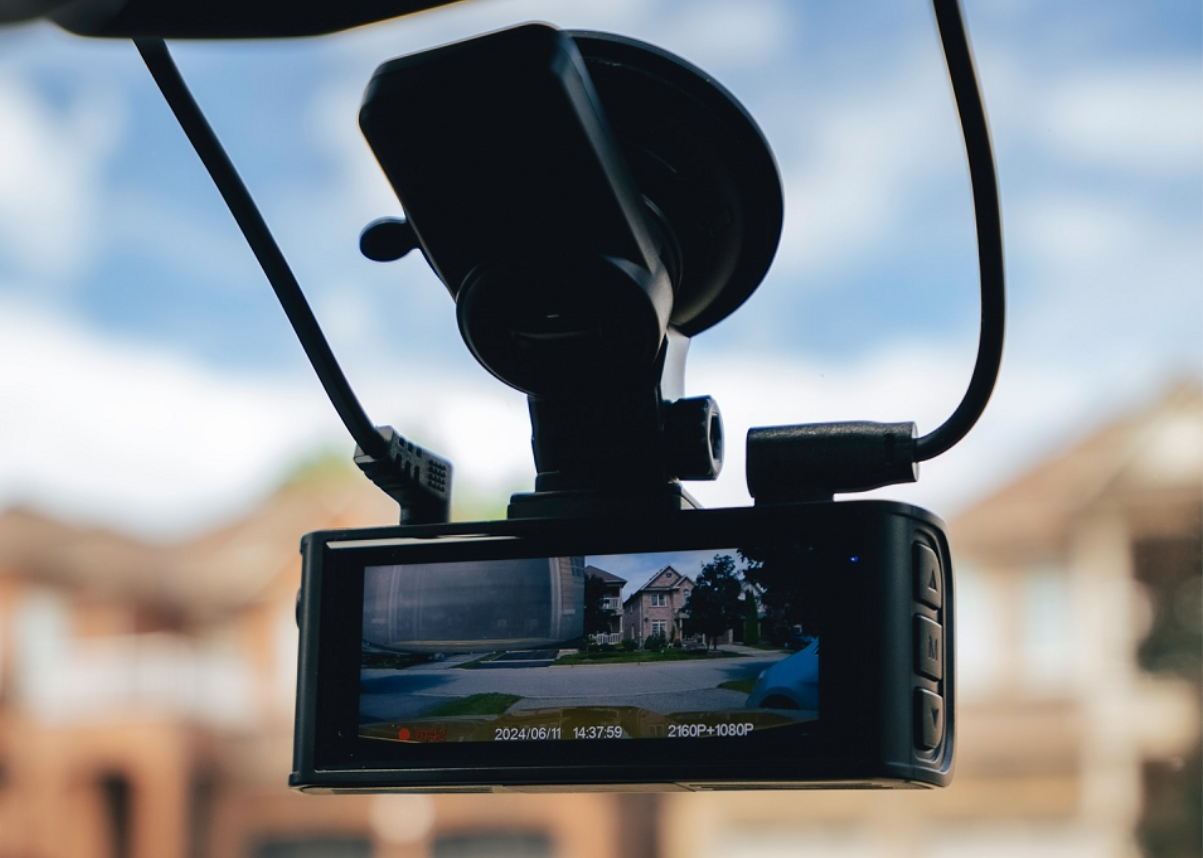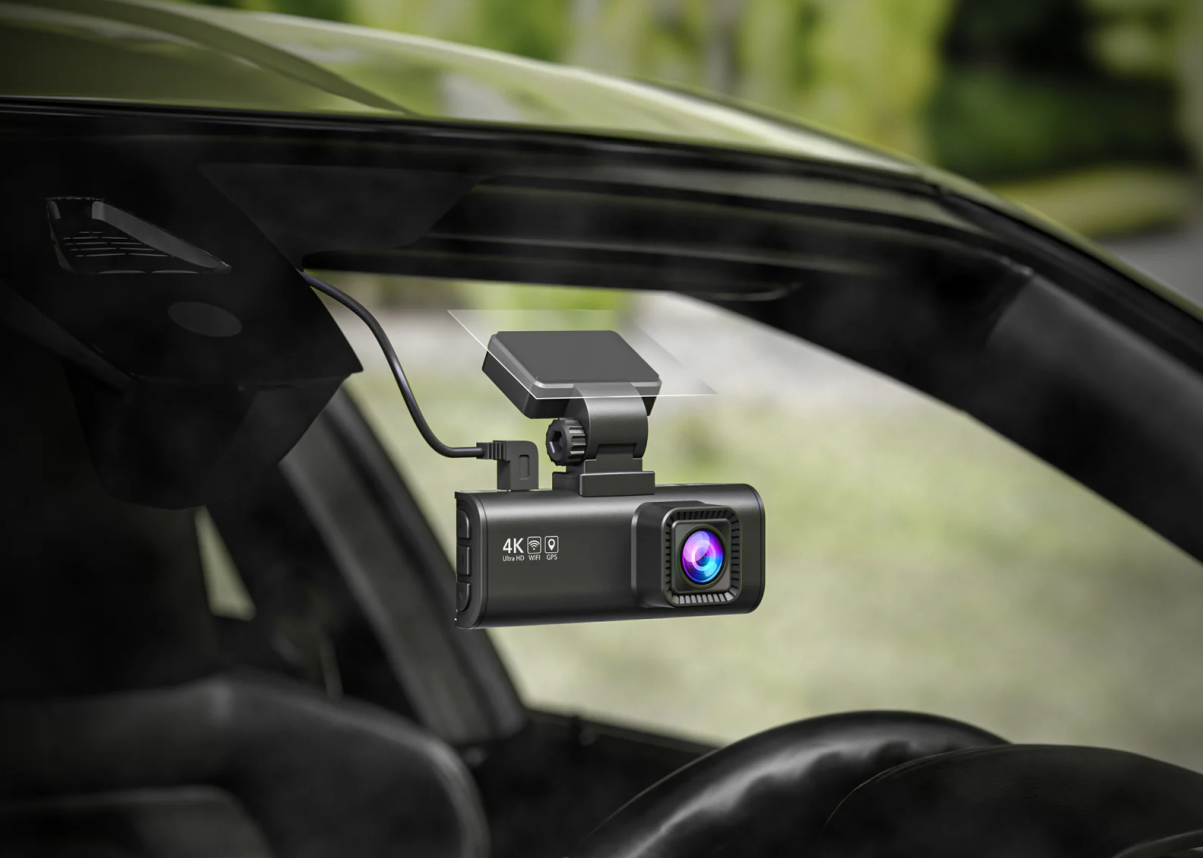Inside this Article:
- Why is the Placement of Your Dash Cam So Important?
- Are There Any Legal Regulations for Dash Cam Placement?
- Where Are the Best Places to Mount a Dash Cam?
- How Do You Install a Dash Cam for the Best Performance?
- Dash Cam Placement Advice for Different Vehicle Types
- Self-Installation vs Professional Installation
- Conclusion
- FAQs
Dash cams have become an essential tool for every drivers, offering protection and evidence in case of accidents, road rage incidents, or insurance fraud.
However, the effectiveness of a dash cam heavily depends on its placement in your vehicle. Placing the dash cam in the optimal spot ensures clear footage and compliance with legal standards.
This guide will walk you through the importance of proper dash cam placement, legal considerations, best mounting locations, installation tips, common mistakes to avoid, and advice for different vehicle types.
Why is the Placement of Your Dash Cam So Important?
The placement of your dash cam is crucial for several reasons.
Firstly, a well-positioned dash cam captures a wide field of view, ensuring that all critical details are recorded.
Secondly, improper placement such as obstruct the driver’s view, posing a safety hazard. For instance, if you mount the dash cam directly in your line of sight, it could distract you or block your view of the road, increasing the risk of an accident.
Furthermore, correct placement ensures that the dash cam functions effectively without constantly needing adjustments.
Are There Any Legal Regulations for Dash Cam Placement?
Yes, there are legal regulations concerning dash cam placement, and these can vary by country or region.
For example, in many areas, it is illegal to place any object on the windshield that obstructs the driver’s view. This includes dash cams.
In the United States, states like California and New York have specific laws dictating where and how a dash cam can be mounted.
It’s crucial to familiarize yourself with local laws to avoid fines and ensure your dash cam footage is admissible in court.
Where Are the Best Places to Mount a Dash Cam?
Top area of the Windshield
Mounting your dash cam in the Top area of the windshield, just below or aside the rearview mirror, is often considered the best location. This position provides a clear, unobstructed view of the road ahead and captures both lanes of traffic effectively.
Behind the Rearview Mirror
Placing the dash cam behind the rearview mirror is another excellent option. This location minimizes obstruction to the driver’s view while still capturing a broad perspective of the road.
It’s also less noticeable from the outside and inside, reducing the risk of theft and provide possible evidence. If a thief enters your car, he may not notice the dash cam behind the rearview mirror.
In conjunction with the parking monitoring mode, the dash cam can capture footage of him walking around your vehicle.
Rear Windshield
For those using a dual dash cam setup, placing the rear camera on the rear windshield is ideal. This position offers a clear view of the road behind, capturing any incidents occurring at the back of the vehicle.
How Do You Install a Dash Cam for the Best Performance?
Clean the Mounting Surface
Before installing your dash cam, ensure the windshield area where you plan to mount it is clean and free of dust, dirt, and grease. Use a glass cleaner and a microfiber cloth for the best results.
Adjust the Viewing Angle
Once mounted, adjust the dash cam’s angle to capture the optimal field of view. The camera should point slightly downward to include the car’s hood, providing context for any incidents.
Cable Management
Proper cable management is essential for a tidy installation. Route the power cable along the edge of the windshield, tucking it into the headliner, hide excess cables on the passenger side and then connect the power source to the cigarette lighter. Use adhesive clips if necessary to secure the cable in place.
Dash Cam Placement Advice for Different Vehicle Types
Sedans and SUVs
For sedans, the top area of the windshield or behind the rearview mirror are ideal positions. These locations offer a balanced view of the road without obstructing the driver’s sight.
Due to their higher driving position and larger windshields, SUVs may benefit from a slightly higher dash cam placement, we suggest place it higher than sedans, to capture a wide field of view.
Trucks and BUS
For larger vehicles like trucks and vans, consider mounting the dash cam higher up on the windshield to cover the expansive view, as same as SUV. Ensure the rear dash cam, if used, is placed appropriately to capture the back road view.
For the bus, there is no hood and engine in front of it, so it can be easily placed in the lower area of the windshield.
Self-Installation vs Professional Installation
| Aspect | Self-Installation | Professional Installation |
|---|---|---|
| Cost | No cost. | Higher cost due to labor fees, about $200. |
| Expertise Required | Basic understanding of car interiors and electronics. | No expertise required; handled by professionals. |
| Time | Time-consuming about 1-2 hours, especially for first-timers. | Quick installation, usually completed within an hour. |
| Cable Management | May result in exposed cables if not done carefully. | Professionally hidden cables for a cleaner look. |
| Installation Support | Online support from manufacturer. | Additional support and suggestion from machinist. |
Conclusion
Proper placement of your dash cam is vital for capturing clear, comprehensive footage while ensuring safety and legal compliance.
By following the guidelines outlined in this article, you can find the perfect spot for your dash cam, optimize its performance, and avoid common installation mistakes.
Remember to consider your vehicle type and local regulations, and you’ll be well on your way to safer and more secure driving.




Leave a comment
All comments are moderated before being published.
This site is protected by hCaptcha and the hCaptcha Privacy Policy and Terms of Service apply.